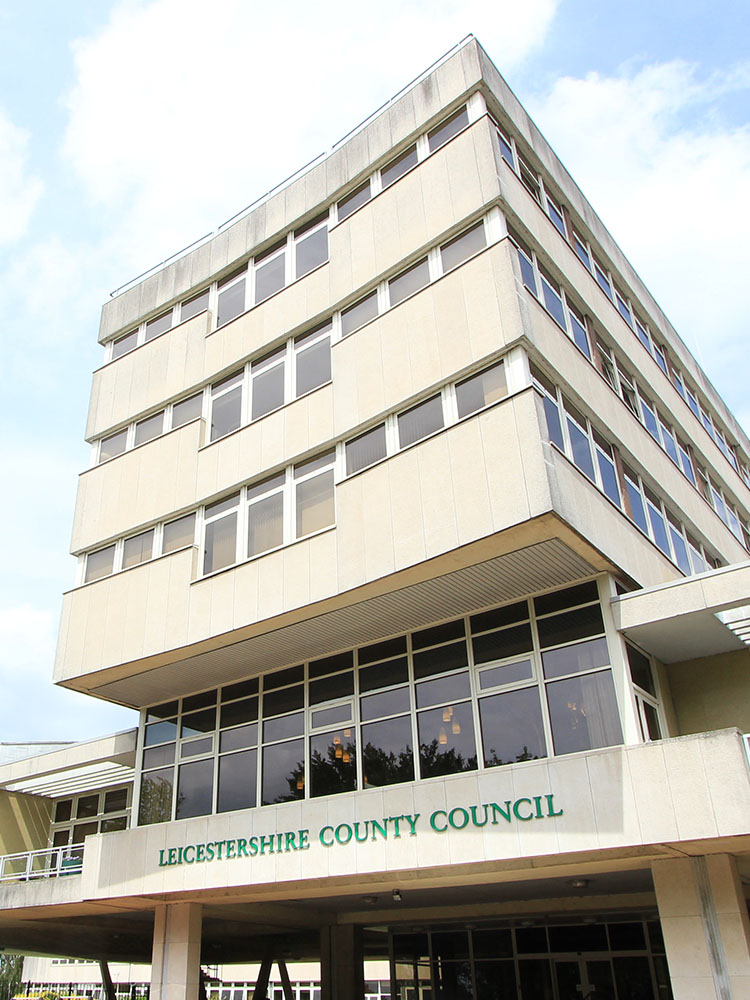Biodiversity Strategy
Biodiversity Action Plan
Local Wildlife Sites
Accessible Natural Greenspace
Biodiversity net-gain metric
Biodiversity quality assessment
Biodiversity Action Plan (BAP)
Biodiversity is the variety of life in all its forms and the habitats where it occurs.
In 1992, at the Earth Summit in Rio de Janeiro, the UK Government signed the Biodiversity Convention. This was followed up by the publication of Biodiversity: The UK Action Plan, in 1994, with the stated goal ‘to conserve and enhance biological diversity in the UK’.
One way this can be achieved is through Local Biodiversity Action Plans, which aim to focus resources to conserve and enhance biodiversity by means of local partnerships, taking account of national and local priorities.
Space for Wildlife 2016-2026 (3rd edition)
This is the latest revision of the local BAP Space for Wildlife and covers the period from 2016 to 2026. Its contents include:
- Information on the current status and trends for important habitats and priority species in Leicester, Leicestershire and Rutland
- Information on important strategic areas for wildlife in Leicester, Leicestershire and Rutland – e.g. Charnwood Forest, River Soar and Wreake floodplains, Rutland limestone, etc.
- Relationship to Local Wildlife Sites
- Habitat creation and community participation
Biodiversity Action Plan documents
Local Wildlife Sites
Local Wildlife Sites are a non-statutory designation of areas of land which have been identified for their nature conservation value. These sites contain some of the most important habitats throughout Leicester, Leicestershire and Rutland and vary in size from individual mature trees up to sites containing multiple grasslands and woodlands.
Information about the Local Wildlife Sites of Leicester, Leicestershire and Rutland can be obtained from a data search request from the Leicestershire and Rutland Environmental Records Centre and subject to the charging and data supply policy.
Guidance on surveying for Local Wildlife Sites:
Accessible Natural Greenspace
The Accessible Natural Greenspace Standard (ANGSt) model was adopted by Natural England (formerly English Nature) in 1996 to promote the provision of natural greenspace for local communities. Since its adoption, there has been an increasing recognition of the value and need for communities to have access to nature for a host of social and health benefits.
There are proven benefits to having access to natural greenspace, both mental and physical, however the availability to access these spaces is uneven across our area.
The ANGSt criteria are that there should be:
- a nearby area of natural greenspace of at least 2 hectares, no further than 300 metres from home
- a provision of at least 1 hectare of Local Nature Reserve per 1,000 population
- at least one accessible 20 hectares site within 2 kilometres from home
- one accessible 100 hectares site within 5 kilometres
- one accessible 500 hectares site within 10 kilometres
The report below contains the results of a study undertaken in Leicester, Leicestershire and Rutland in 2022 to identify accessible greenspace in the area and analyse the result to produce some draft maps showing areas where accessible natural open space met the ANGSt criteria, and areas where there was a shortfall in provision.
The report is a first attempt to do this – it is recognised that some areas of natural open space may have been missed.
Biodiversity net-gain
Information relating to biodiversity net gain can be found on the Planning and Biodiversity page.
Biodiversity quality assessment
The report below presents the results of a desk study done in 2019/2020.
Each 1 kilometre square in Leicester, Leicestershire and Rutland has been given a biodiversity quality score on a scale of 1 - 6, based on a rapid desk-based assessment of recent aerial photos (2015-2017). This will provide a baseline snapshot in time that can be used for monitoring in future.
